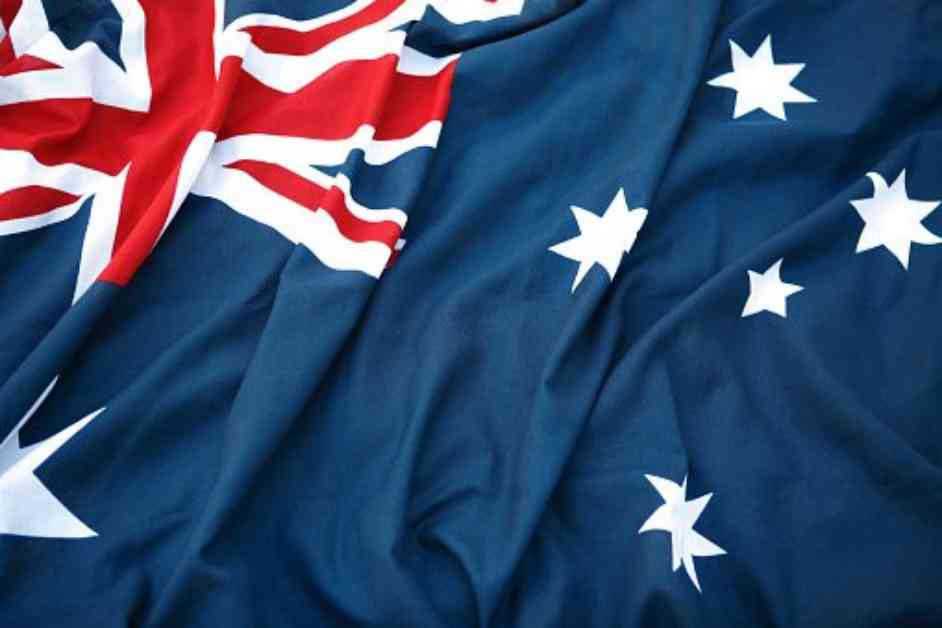Australia’s economic activity took a hit in September, as indicated by the latest figures from the Judo Bank Manufacturing PMI. The PMI dropped to 46.7, its lowest level in 52 months, down from 48.5 in August. This decline reflects a slowdown in the manufacturing sector, which is concerning for the overall health of the economy.
The Services PMI also saw a decline, falling to 50.6 from 52.5, indicating a weakening in the services sector. The Composite PMI, which combines both manufacturing and services, dropped below the 50 mark to 49.8, signaling a contraction in economic activity. This is the lowest level the Composite PMI has reached in 8 months.
According to Matthew De Pasquale, an Economist at Judo Bank, the weak PMI figures suggest that households are saving more of the government stimulus than expected. This behavior could be impacting overall consumer spending and economic growth. De Pasquale also mentioned that the economy is slowly balancing supply and demand, which could influence the decision to maintain the current cash rate instead of raising it in the near future.
In addition to the decline in PMI figures, employment growth is also showing signs of slowing down. The employment index barely reached expansion territory at 50.8, indicating that job creation may be stalling. The output price index, which tracks businesses raising consumer prices, hit its lowest level since January 2021. While input prices have decreased, they are still higher than pre-pandemic levels, suggesting ongoing inflationary pressures in the economy.
These latest economic indicators paint a challenging picture for Australia’s economic recovery. With manufacturing and services both showing signs of weakness, policymakers may need to consider additional measures to stimulate growth and support businesses. It will be crucial to monitor future PMI releases to track the progress of the economy and assess the effectiveness of any policy responses.
